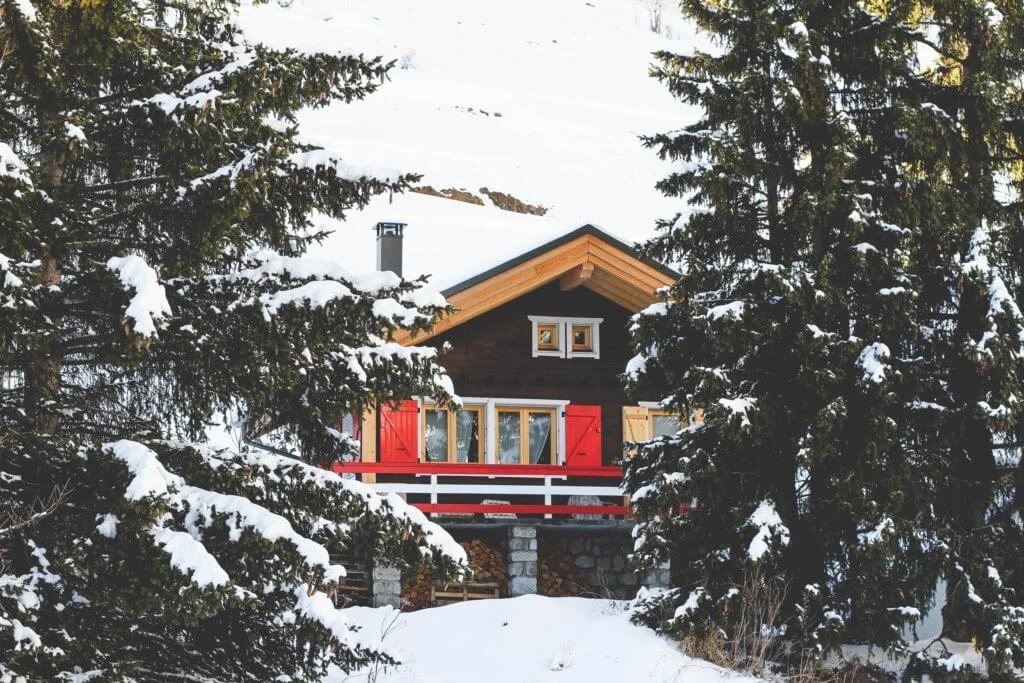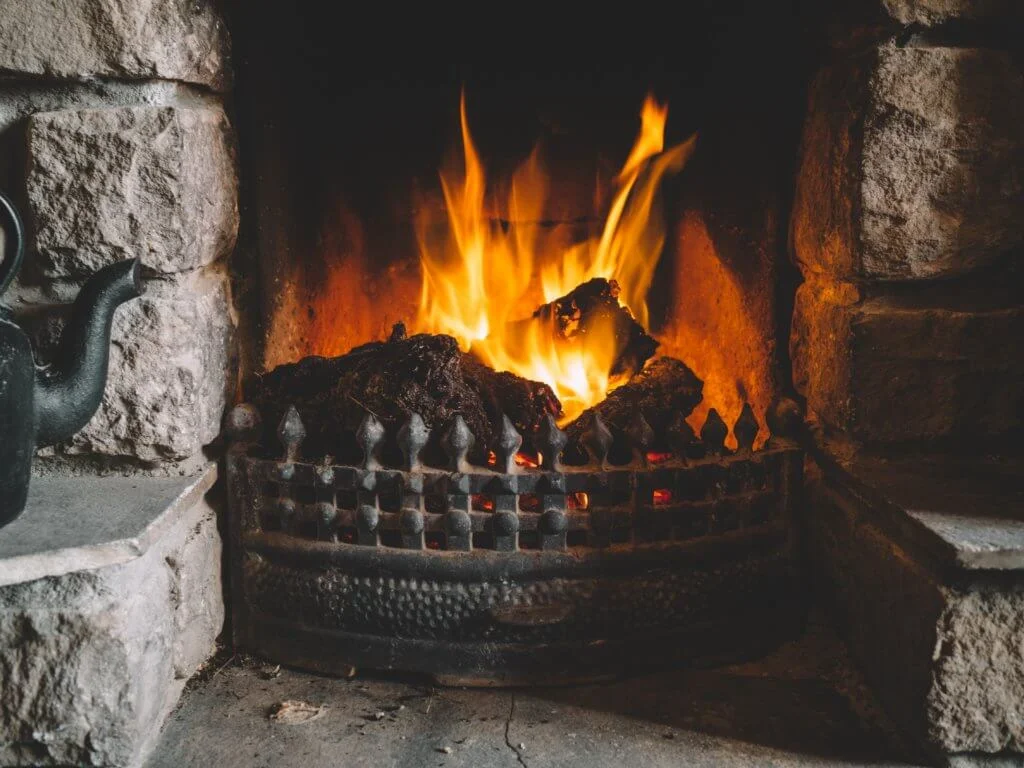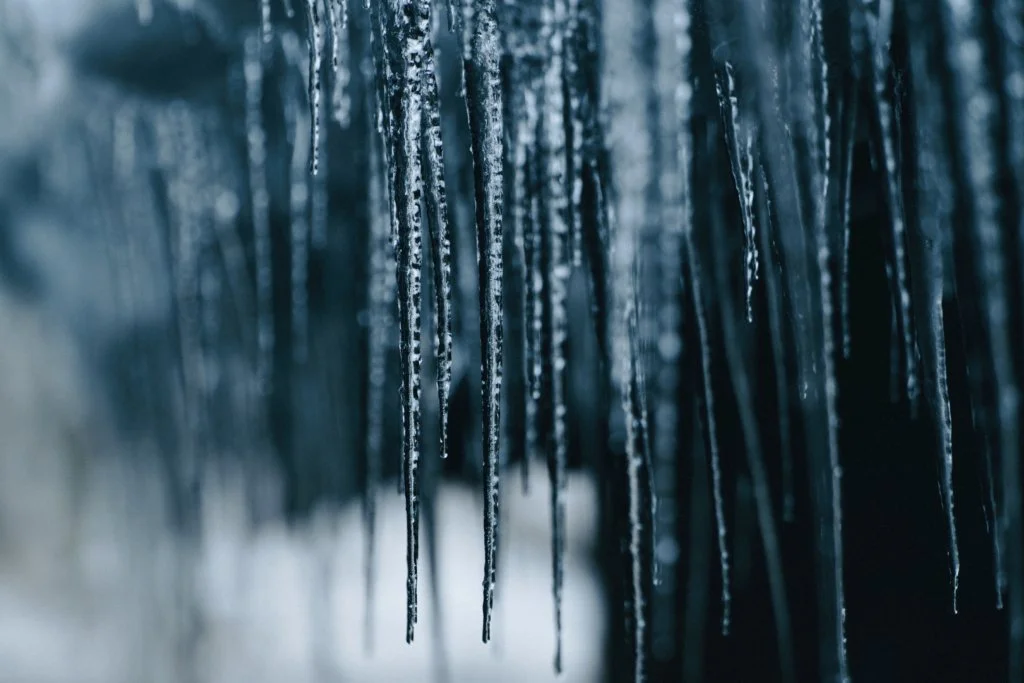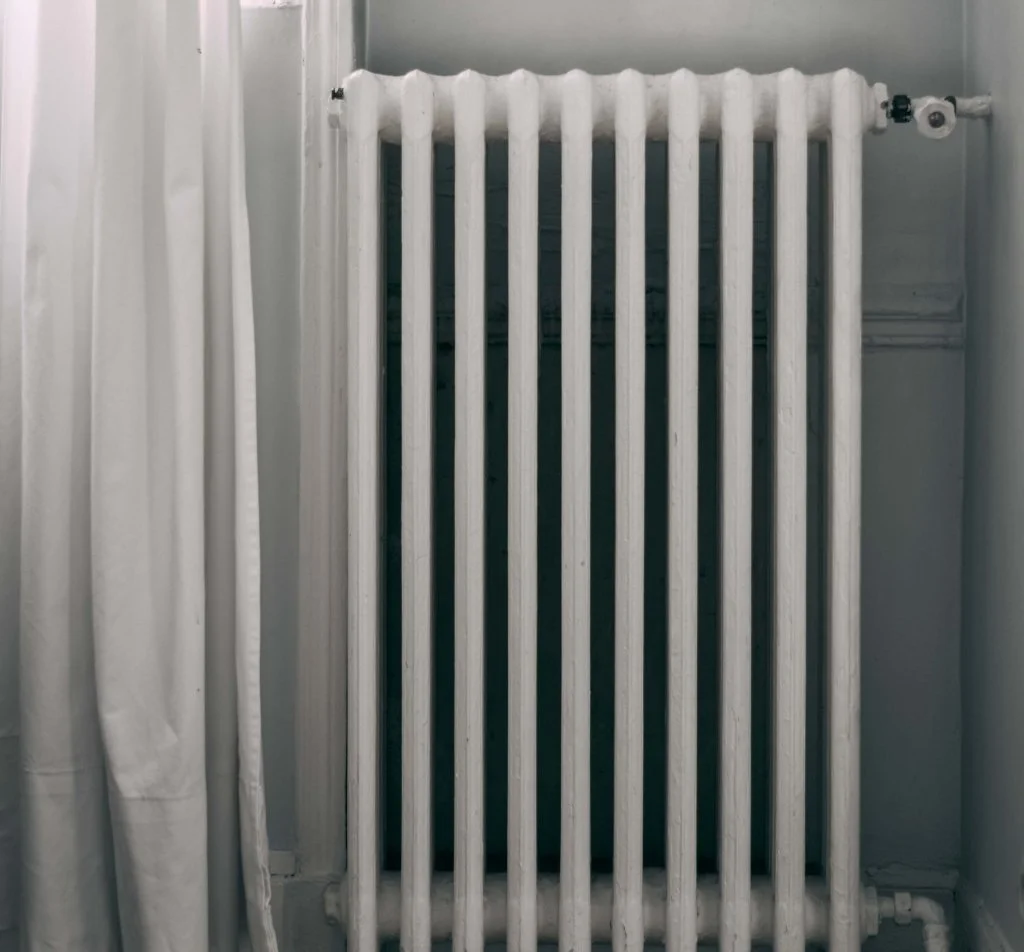When it comes to property maintenance during the spring and summer, those tasks are a cakewalk. If you forget to mow the lawn or trim the hedges one week, it’s not the end of the world.
However, winter is a whole different ballgame. A below-freezing, ice-covered, blistering ballgame with serious, if not deadly consequences.
Additionally, keeping warm during the winter can be expensive, but as a landlord, it is your duty to ensure that your tenants stay safe and warm all winter long.
Not only that but winterizing your home will also help protect your property from damage and reduce the need for repairs.
Before winter rolls out, landlords will want to prepare their properties for cold weather, or “winterize” their homes, without spending a fortune. Here are some affordable tips that we hope will help you get your properties ready for the next cold front without eating into your profitability.
10 Steps for Winterizing Your Rental Property
Before the temperature starts to drop, there are many steps you can take to begin the process of winterizing your property.
As a landlord, you need to be concerned with both protecting your assets and your renters. Starting the home winterizing process early is the best way to ensure your winter is warm and cozy.

1. Ensure All Smoke Detectors Are Operational
When the weather cools down, we tend to turn up the heat. Naturally, this causes homes to become more susceptible to fires and carbon monoxide.
Protect tenants from danger and ensure the batteries are charged in all of your smoke alarms. Test the alarms, make sure they work and ask renters to keep extra batteries on-hand.
2. Double-Check the Foundation
It’s likely you haven’t seen much rain since July, but, come September, we are likely in for some wetter weather. The last thing you want is for water to get into any gaps. Caulking or repairing vital areas will prevent mold growth or damage from freezing.
Take advantage of the dry, warm weather and inspect your foundation, sidewalks, and driveway for cracks.
Apply caulk to needed areas around wires, pipes, door frames, and windows, and repair your driveway with a filler and commercial seal coating. If your home has foundation cracks or flood damage, it can be very expensive to repair.
3. Make Sure Your Pool Is Ready for the Off-Season
To ensure the well-being of your pool, check your pool cover for damage before you need it. The cover of your pool needs to withstand a lot during the fall and winter seasons. Give your cover a good once – or twice! – over to make sure there aren’t any holes or tears, and replace it if necessary.
If your property is in a freezing climate, you’ll need to drain the pool altogether. Take advantage of this time to check for cracks and damage.
This is also a good time to remind your tenants of rules regarding pool use in the winter. Pools are a major perk for renters, but they are also a liability for landlords, especially in the winter when the water temperature can drop to unsafe levels.
Be sure to set clear safety expectations if your renters if they are living in a property with a pool.
4. Give Your Roof a Check-Up
Prevent water damage in the fall and winter by double-checking your roof during the summer. The wet weather during fall and winter can wreak havoc on your roof, and even small leaks can lead to deterioration of wood, drywall, and insulation.
Take this time to get ahead on roof maintenance while you winterize your property. Make sure the shingles are in good shape, and there aren’t any that are loose or missing.
For extra assurance, have a certified roofing professional double-check the condition of your roof. It may be a hassle, but it could save you a whole lot of time and trouble in the long run.
5. Inspect, Repair, or Replace Your Windows
Check all windows for cracks and loose frames, or install storm windows. Some landlords remove their screens, too. Just be sure you clean or repair your window screens before you store them away in a dry storage space.
6. Encourage Low Energy Costs
Windows and doors that are adequately sealed can save up to 20% of heating or cooling costs, which could amount to 10% of your energy bill.
Make sure there aren’t any air drafts around windows and doors, and apply caulk to these areas to make a big difference in air leakage.
On that note, it’s a good idea to have a licensed heating contractor look over your heating system. Properly servicing your heater will lead to the most efficient use of fuel and can help promote its long-lasting lifetime.
It’s also a good time to check for possible natural gas leaks. While natural gas is a great way to save on energy costs with it’s cheap price, natural gas is still susceptible to leaks and causing damage to your home and environment.
If your heating system is out-of-date, it could be hard to replace and even harder to sell or rent your property in the future.
7. Don’t Forget Outdoor Decor
While some outdoor items are made to weather any storm, at other times, it makes more sense to store outdoor furniture and decor to avoid winter wear-and-tear.
Your tenants likely won’t miss their patio chairs and grill mid-December, and it could help the items last a little longer before you need to replace them.
Check out your porch furniture, and repair any damaged spots. To prevent mildew, store away any outdoor furniture with cushions, and clean off any dirt and debris before you put chairs, tables, umbrellas, or barbecues in a dry, protected area.
It’s a good idea to look over the supports on any porch or deck steps, too. Make sure any handrails can support someone slipping on rain or icy spots.
8. Inspect Your Fireplace or Woodstove
We all enjoy the company of a roaring fire in our fireplace, but it is imperative to maintain your chimney. Neglect can have deadly consequences.
A clogged chimney can lead to a buildup of wood tar, vapors, and moisture, otherwise known as creosote, which is highly flammable and extremely dangerous.
Prevent house fires that begin in your chimney by having your chimney cleaned by a licensed chimney sweep, and inspect for any parts that may have cracks, grime buildup, or other hazards.

9. Set up for Springtime
Spring might seem a long way away, but you can get a head-start on a picture-perfect lawn or garden in the late summer or early fall.
Plant some spring-flowering bulbs in your garden, and fertilize your lawn with a high-phosphorous plant mix to ensure healthy, green landscaping next spring. Your tenants will love the fresh flowers in the spring.
10. Watch Out For Slippery Spots
As a landlord, perhaps the most important part of winterizing your property is to ensure your tenant’s safety when it comes to slips and falls. Ice is a major liability that you will want to take preventative measures to stop slipping.
Regularly sprinkle salt on walkways and parking lots to melt ice and give your tenants some traction. Additionally, you may want to knock down any large icicles you notice forming around your property.
While they may look harmless, falling icicles cause multiple injuries and even deaths each year.

Tips to Keep Your Property Warm Without Burning Through Your Budget
Did You Know?
- Space heaters are the largest energy expense in the average American home. In fact, on average, 45% of homeowner energy bills are due to space heaters.
- Almost 60% of American homes are heated by natural gas. Natural gas is the most common heating fuel.
- Between 2007 – 2012, the average American household spent more than $1,700 a year to heat their homes with heating oil, and $700 a year with natural gas.
1. Turn on Your Ceiling Fans. No, Seriously.
Adjusting your ceiling fan can help circulate heat, and keep it from rising away from your tenants. Back in the glory days of elementary school, we learned that heat rises.
If you make a simple adjustment to your ceiling fan to where it moves in a clockwise direction, this will push all that ceiling-lingering warm air back down to where you can actually feel it.
It might be worth your time to either suggest that your tenants make this change themselves or schedule a time to have your maintenance team flip all of the fans. Just remember to turn them again when it starts to warm up in the spring!98
2. Insulate, Don’t Tolerate
If tenants report that their home is always drafty, double-check the insulation. If the home always seems to be cold, and you can’t pinpoint the escape route of your evasive heat, improper insulation may be the culprit.
Insulation is a key step in winterizing a property and saving you and your tenant’s money on the energy bill.

If you haven’t updated the insulation in your property, consider this: up to 25% of your home’s heat goes right through the roof, literally. Even worse, 35% of heat is lost through the walls.
Insulation is a fundamental component in slowing the escape of heat from inside the house, which, needless to say, lowers your energy bills.
There are many ways you can go about ensuring your home is properly insulated, and DIY home insulation is cost-effective as well.
3. Don’t Forget Your Water Heater
Insulating your water heater can significantly lower your heating bill. If you have an older property, it’s likely your hot water tank is not insulated.
Surprisingly, hot water tanks that are not insulated could result in about 25% to 45% standby heat loss, which could increase your energy bill 15% or more!
Just like walls and roofs need to be insulated, you should seriously consider insulating your heater tank. If your water tank is warm to the touch, then it likely needs an insulation jacket of some sort.
Pre-cut jackets and blankets are perfect can improve your energy efficiency, save you money each month, and only cost around $20. This is also a great safety measure to ensure that your tenant does not harm themself while living in your rental.
Skip These Steps, Sell to HomeGo
If these hacks, tips, and tricks to avoid high energy costs are still leaving you out in the cold, then you might need to consider replacing your heating appliances, thermostats, and air-seal your home against drafts.
However, that also carries a hefty price tag, and you need more economical solutions to survive the winter. The maintenance required to winterize a rental may be more trouble than it is worth for some landlords.
If these options are out of your budget, then don’t worry. Instead of winterizing your property, you can sell it quickly and easily to HomeGo.
HomeGo purchases homes in any condition at any time of the year, meaning you can skip the winterizing process entirely and receive a same-day, cash offer for your property. The winter months can be tough on homes and leave landlords with additional liabilities and maintenance expenses, but you still have options.
Contact a HomeGo agent to learn more about our buying process and how we can help.




